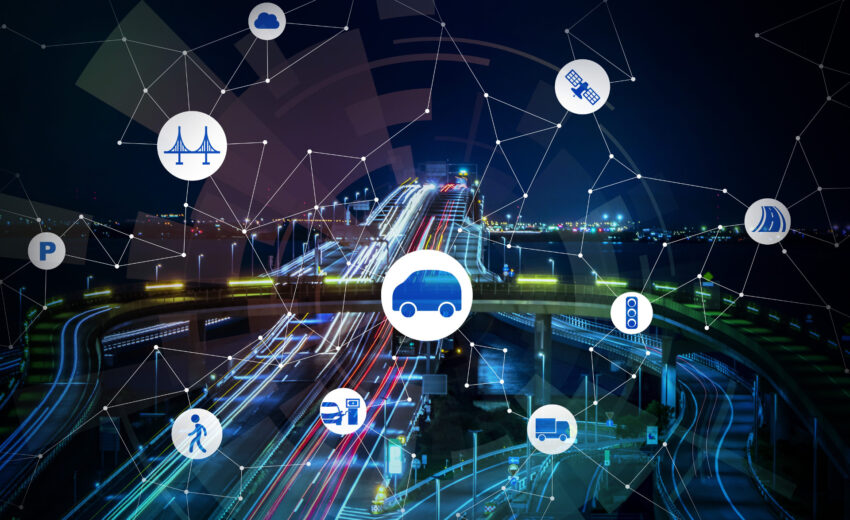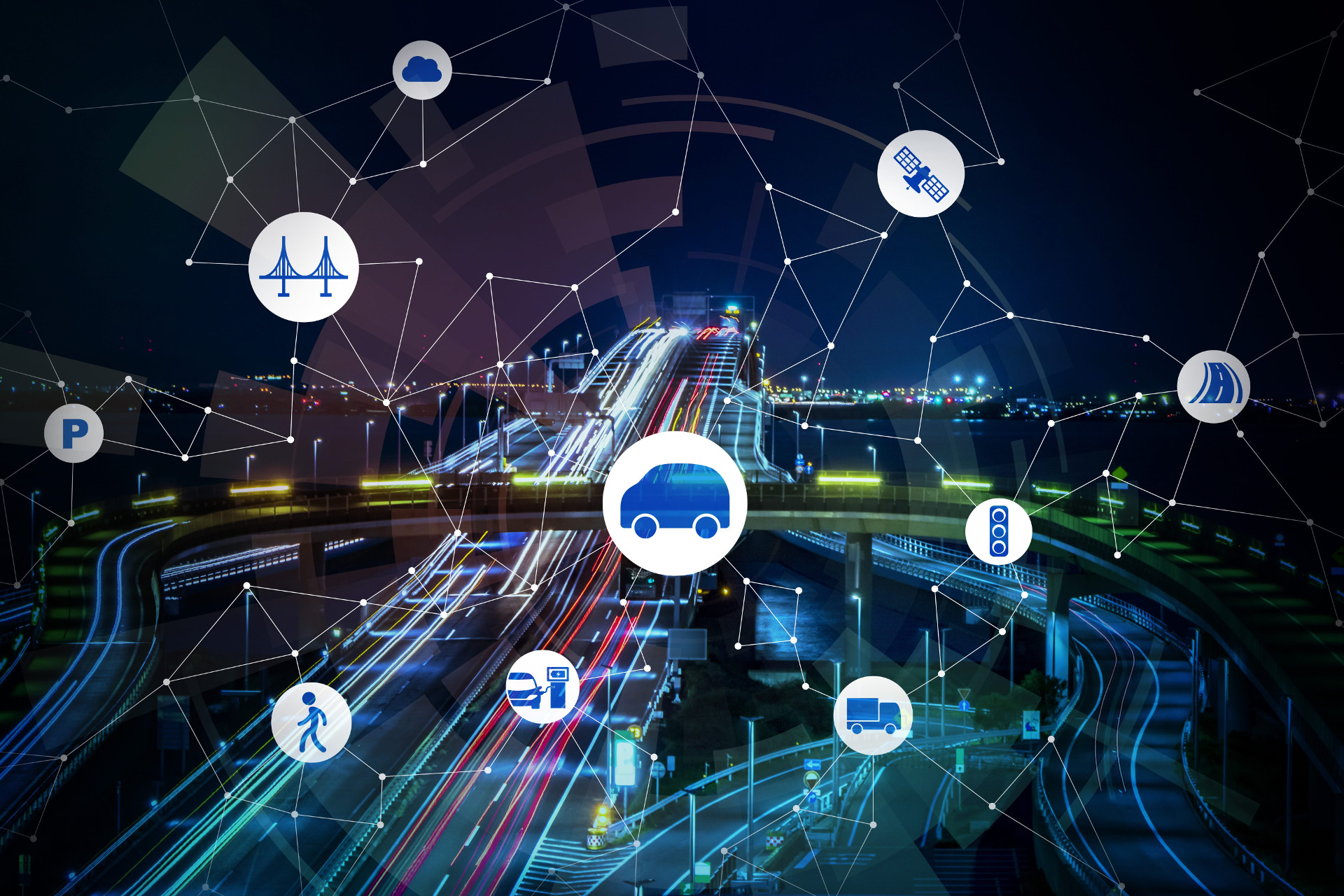
Mobility Intelligence and Neurosymbolic Systems

Many of you know our firm for its investments in early-stage AI software startups and as a trusted AI advisor to corporations. However, fewer are aware of the AI systems we’ve been developing and how we deploy them with our corporate clients or in the startups we create. In recent years, we’ve focused on a class of AI-based mobility intelligence systems designed to analyze and understand mobility behavior across regions, from neighborhoods to cities and even entire states. We’ve discovered that neurosymbolic systems, enhanced with generative AI components, are particularly effective in understanding these behaviors and delivering valuable mobility intelligence to users.
Understanding mobility is emerging as an important capability for many industries, from various types of retail to hospitality and entertainment. Geospatial data analysis which has been used as the main approach for understanding mobility has improved greatly as more data and ample computing power became available, and new software tools were introduced. However, conventional analytical tools, including those used by government agencies and the private sector, place a significant burden on the user for the analysis and results-interpretation tasks. Through our work with corporations and government agencies, we determined that this model leads to slow, inefficient, costly, and compartmentalized results that are detrimental to the users of mobility networks.
The goal of our firm’s internally-funded work is to change the existing analysis model by automating and accelerating geospatial data analysis through AI-assisted decision-support tools that enable users to work at the knowledge level rather than the data level. We want the users of such tools to ask knowledge-level queries and receive justifiable responses based on the mobility intelligence tool’s reasoning abilities. Questions can range from the risk associated with the transportation infrastructure used by pedestrians, bicyclists, public transit riders, and privately owned vehicle operators, to recommendations for increasing active transportation, among others.
By combining our insights from due diligence efforts associated with relevant startup investment opportunities, lessons from the startups we have already invested in, e.g., companies like SafeGraph, Miles, and others, as well as our multi-industry corporate advisory work, we determined that neurosymbolic systems can be extremely effective in understanding such behaviors.
Merging a geospatial knowledge graph-based approach, i.e., symbolic AI, with Large Language Models (LLMs), i.e., neural networks, typically results in improved accuracy, transparency, and adaptability of the resulting mobility understanding intelligent system. The geospatial knowledge graph is used to augment the user’s query, making it more precise and correcting it as necessary. The enhanced query can be used directly as a prompt to an LLM that has been fine-tuned with mobility and location data, or to a Retrieval Augmented Generation (RAG) system, similar to GraphRAG. The knowledge graph is used to eliminate, or at least limit, hallucination incidents in the fine-tuned LLM(s) that are part of the mobility intelligence system, and to correct, reformat, and augment the LLM’s output. In this way, the interactions between the user and the AI system are as effective and error-free as possible.
An Example
Suppose that a transportation planner wants to assess the risk of shorter-distance pedestrian trips around high-traffic roads in the Los Angeles area. To address this goal, the user may ask the question:
Is it safe for a pedestrian or bicyclist to travel mid-morning on a weekday from a supermarket located along a high-traffic arterial in the West Adams neighborhood to nearby coffee shops, or is it safer to drive instead?
To respond to such a query, the geospatial knowledge graph of the mobility intelligence system must incorporate:
- Concepts such as “mid-morning,” “weekday,” “arterial,” “high-traffic arterial,” “typical walking distance,” “typical biking distance,” “typical driving distance,” “trip time,” “road risk” per mode, and many others.
- Relations such as “nearby” and their associated meaning.
- Rules such as “If CongestionIndex > 1 Then RoadTrafficLevel = Congested,“ “If driving Then ParkingLocation Nearby DestinationLocation,” “A traveler can visit a business establishment only during its operating hours,” and “If TravelModality = Walking AND TravelContext = Urban Then TransportInfrastructureUsed = Sidewalk.”
- Predictive models for quantifying the risk of traveling on a transportation infrastructure segment using a modality, parking spot availability near a specific location, and others. For example, one such model can predict the travel risk of West Adams Blvd by modality, time of day, and day of the week by analyzing past walking, bicycling, and driving trips on West Adams Blvd combined with the reported traffic incidents and collisions in the West Adams neighborhood.
By accessing transportation infrastructure data, the mobility intelligence system identifies West Adams Blvd as a high-traffic arterial and determines whether it has sidewalks on both sides of the street. By accessing Point of Interest (POI) data it identifies the supermarkets and coffee shops on West Adams Blvd and accesses their operating hours. It provides the following explanation based on its reasoning:
- There are 12 supermarkets located along the West Adams Blvd.
- Of those, approximately 6 include coffee shops nearby, within a typical pedestrian or bicyclist trip distance, and are open during the mid-morning hours.
- To travel to the coffee shops from a nearby supermarket, bicyclists or pedestrians must travel along West Adams Blvd.
- West Adams Blvd includes contiguous sidewalks along both sides of the street.
- During mid-morning on a weekday, the risk level associated with driving to the coffee shops is 3, bicycle travel is 5, and pedestrian travel is 7 on a scale of 1-10.
- The probability of finding on-street vehicle parking near each coffee shop mid-morning on a weekday is 0.7. Therefore, the driver will easily find off-street or on-street vehicle parking available and be less likely to choose a bicycling or pedestrian trip instead.
- Traveling to a coffee shop rather than biking or walking will be safer for travelers.
Conclusion
I have been working with neurosymbolic AI systems since the mid-eighties. Our team is equally experienced with such systems and their application in a variety of domains and industries. Since my introduction to such systems, I quickly appreciated the power of combining knowledge bases, expressed using symbolic representations, with the discriminatory power of neural network models, which automatically learn from properly curated and tagged databases. In the eighties, however, we could only manage small knowledge bases, which were difficult to expand, and build neural network models using small databases.
The advances in ontologies, ontology representation languages like OWL, and statistical AI during the nineties greatly helped neurosymbolic systems. Today, we can combine large-scale Deep Neural Networks (DNNs) and generative AI systems with the strengths of symbolic AI to achieve powerful results. We have found that mobility intelligence reasoning provides an excellent opportunity to combine geospatial knowledge graphs with LLMs, fine-tuned using relevant location and mobility data.




Leave a Reply